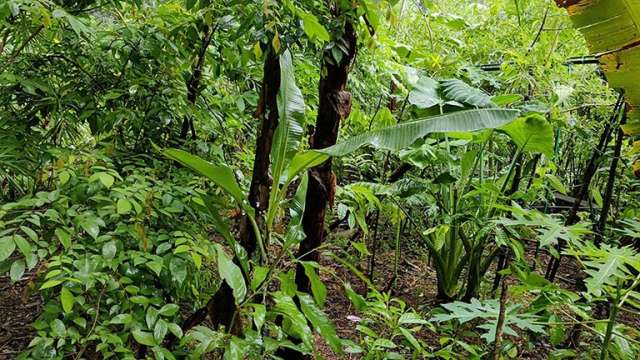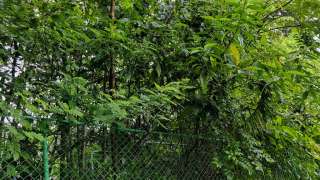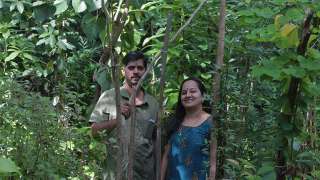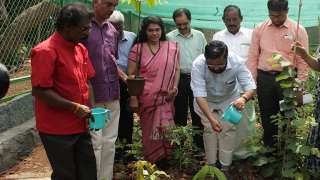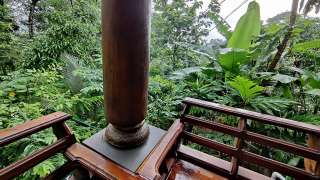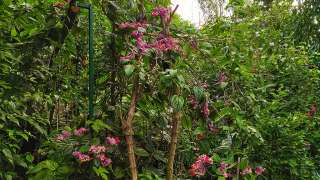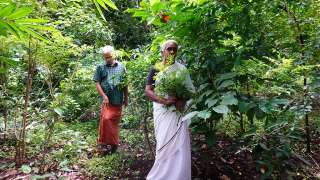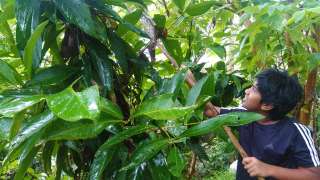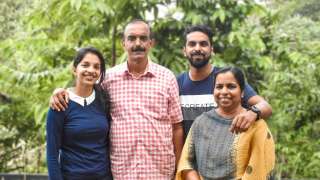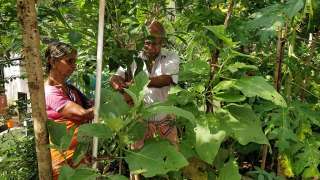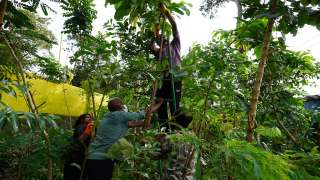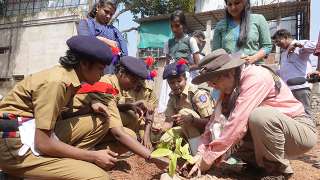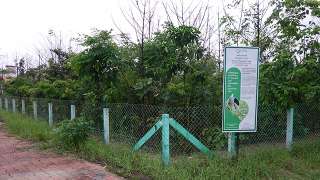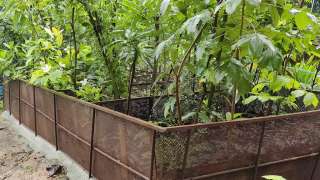Place
Puliyarakonam
Area
49 sq m
No. of Plants
55
Planted On
20-06-2019
Type of Land
Marshy
Type of Forest
Food
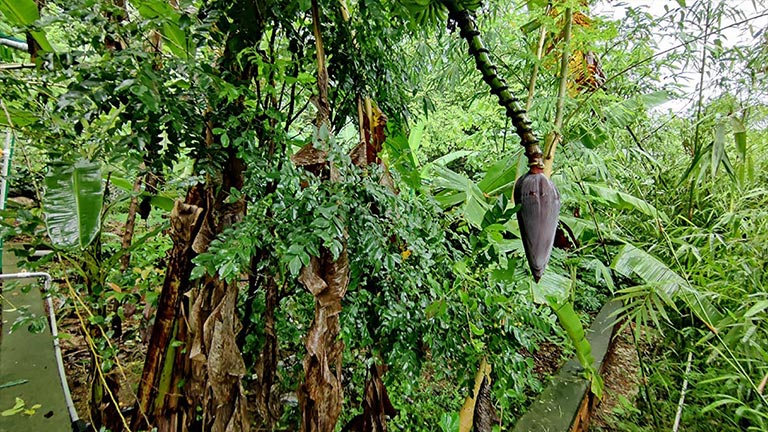
In an attempt to create a food forest following the Miyawaki principles, we cleared a tiny portion of the Puliyarakonam plot. There we planted tapioca, colocasia, four or five varieties of banana, of which three have put out fruits, jackfruit, cherry, guava, ginger, watery rose apple, Malabar plum, elephant yam, country mallow, bird’s eye chilly, lemon of three or four varieties, mootapalam, arecanut, tree spinach, custard apple, soursop, babloos, a lemon variety locally known as odichukuthi narakam, six or seven varieties of mango, cardamom, two types of mombins, mulberry, kateera gum, bilimbi, star fruit, drumstick, Indian coffee plum, vegetable hummingbird, and so on.
The experiment was a success because nearly all the vegetable plants produced considerable yield, and this proved that it is possible for families to create and maintain similar food forests in their small plots of land and be self-dependent.
The Significance of the Practice
Each of these micro forests done in Miyawaki style may not amount to much. But if we think of the larger picture, the social angle of such individual interventions will become very evident. If, for instance, one lakh people in Kerala take up farming in their two-cent plots, we will have 2,000 acres of forest. Thus even urban folk can, in their own small way, counter the effects of deforestation. The impact of such an intervention will be certainly great.




